One of the coolest things about plants is their ability to propagate themselves through root suckers and cuttings. In the Fishlake National Forest in Utah, there is a 108-acre colony of 40,000 quaking aspen trees that share one enormous root system. Each tree is an identical clone that begins as a tiny sucker emerging from those roots; the colony, called Pando, is the largest and heaviest single organism on Earth.
The twisty ficus religiosa above also began as a root sucker. You can see it in the background of this repotting photo from December.
When I was repotting the larger ficus, I separated the sucker—no thicker than a strand of angel hair pasta—into a small pot of its own. What was one tree became two.
It’s good horticultural practice to remove suckers from parent trees, either by separating the roots or by snipping the sucker at ground level. Every bit of energy that goes into a sucker is energy that’s not directed toward your tree. Trees may send up suckers out of stress, environmental influence, or general habit, like Pando; some species will prioritize the growth of young suckers over mature established trunks, letting the old fade away to feed the new.
Since December I’ve let the sucker grow free with generous fertilizer. As the growth hardened off, I carefully wired the trunk and contorted it into a kinked spring. You can see some wire bite marks above, an indication of the tree’s rapid growth. Roots are creeping out from the bottom of the pot.
The problem with young cuttings is that they take a long time to look like anything but a sapling. However they also present opportunities to develop a good root system and trunkline right from the start.
I don’t know what to do with this tree. For now I’ll watch it grow, knowing that it does so on a solid foundation that will continue to improve as it gets older.
Here is another free tree that I’ve trained into a twisted shape from a young age. This water jasmine began as a slender branch that I kept in a bud vase with water. Nothing happened to the clipping for months until one day, I noticed the leaves were perkier than usual and that the stem had formed a perfect radial root system.
I’ve tried to replicate my success with dozens of water jasmine cuttings, using a variety of methods. None have succeeded but the first, and I have no idea why.
The tree is in a growth spurt, so it’s hard to get a picture of the full trunkline inside the bushy branches. Hopefully this gives you an idea.
Like its parent tree, the flowers smell like a tropical resort.
The young cutting is growing in a proper ceramic bonsai pot that I’m perversely using to train the tree’s roots into a wide, shallow disk. Were I planting this tree as a finished bonsai, the pot would have to be a quarter of the size to meet the tree’s proportions.
Instead, I’m letting the roots grow long. Water jasmine roots get thick and fleshy with age; I may gather them into a tight coil that I slowly unearth from soil, which is called an exposed root design. Time will tell.
Meanwhile, the parent tree is looking rough. Even after months of growth, the branches are sparse and awkward. The trunk is losing its taper. I’ve lost the plot with this one.
I think I tried to convince myself that I could do something with this tree because I was attached and didn’t want to lose my only water jasmine. Now it isn’t my only one, and I’m comfortable taking more risks.
So I chopped it.
Tree reading
In addition to being the largest and heaviest living organism on the planet, Pando is also the oldest, estimated to be tens of thousands of years old. And thanks to recent human activity, it’s dying. [NASA Earth Observatory]
You’ve heard of invasive plants. Now consider invasive fungi. [Modern Farmer]



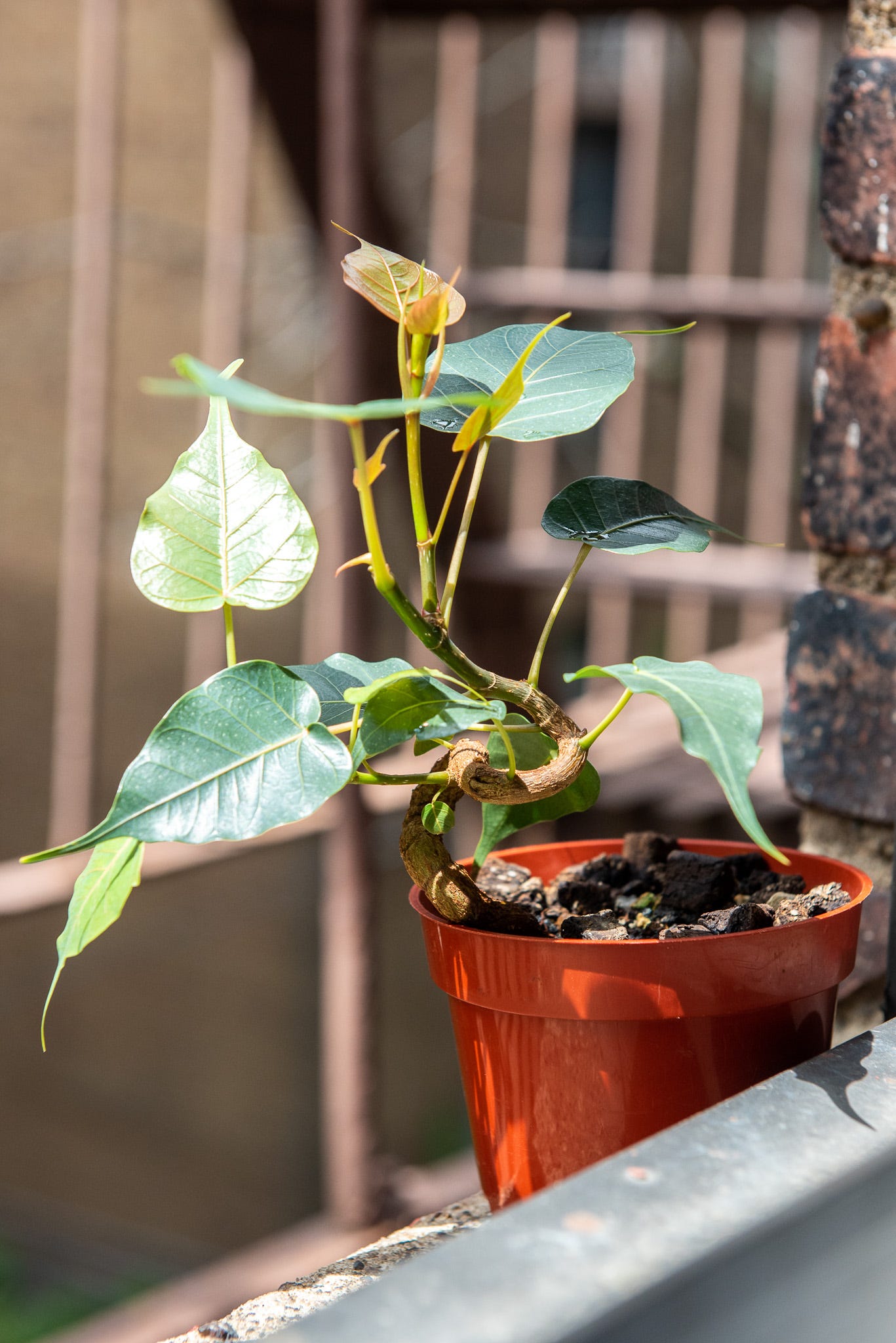
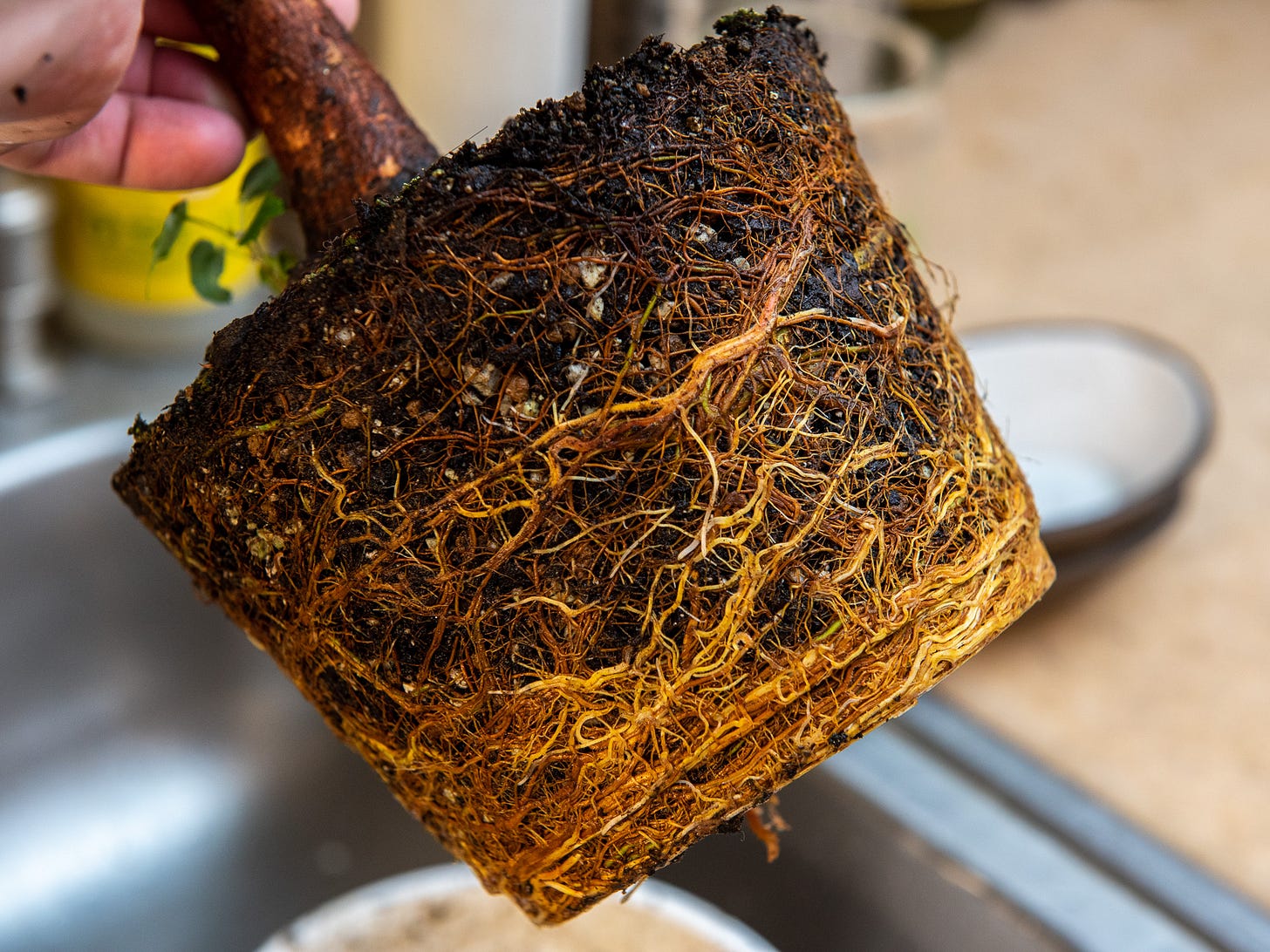

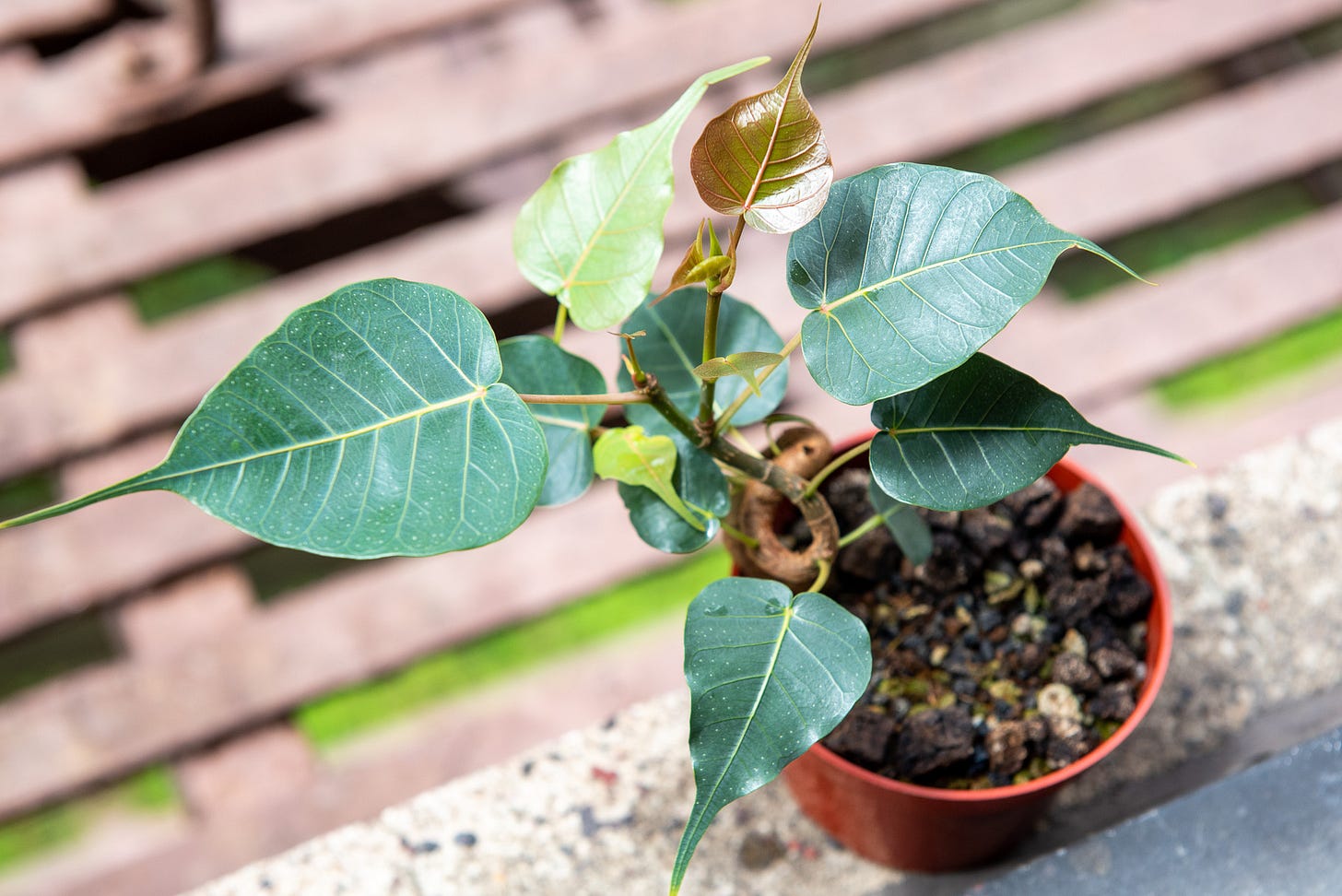
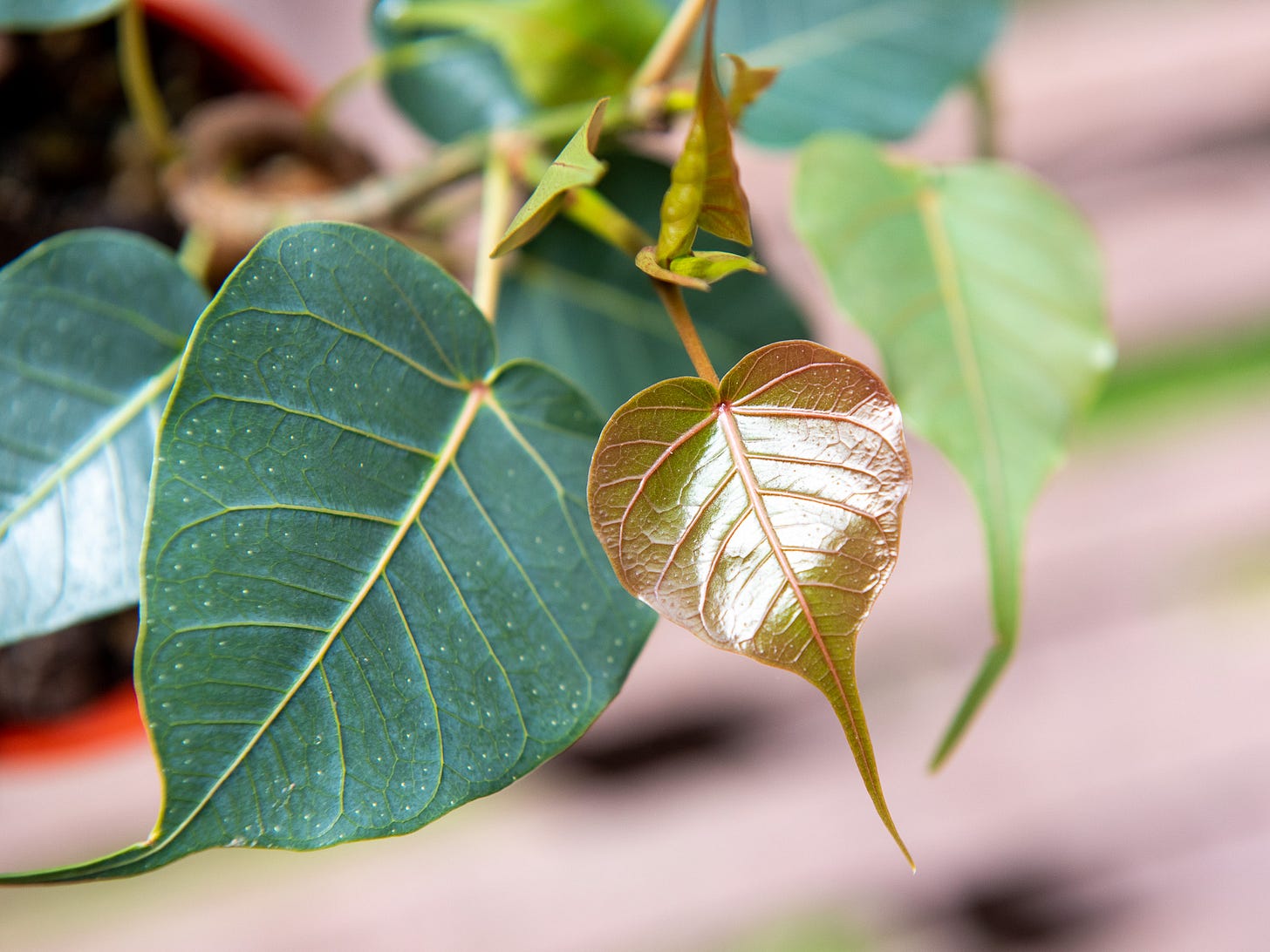
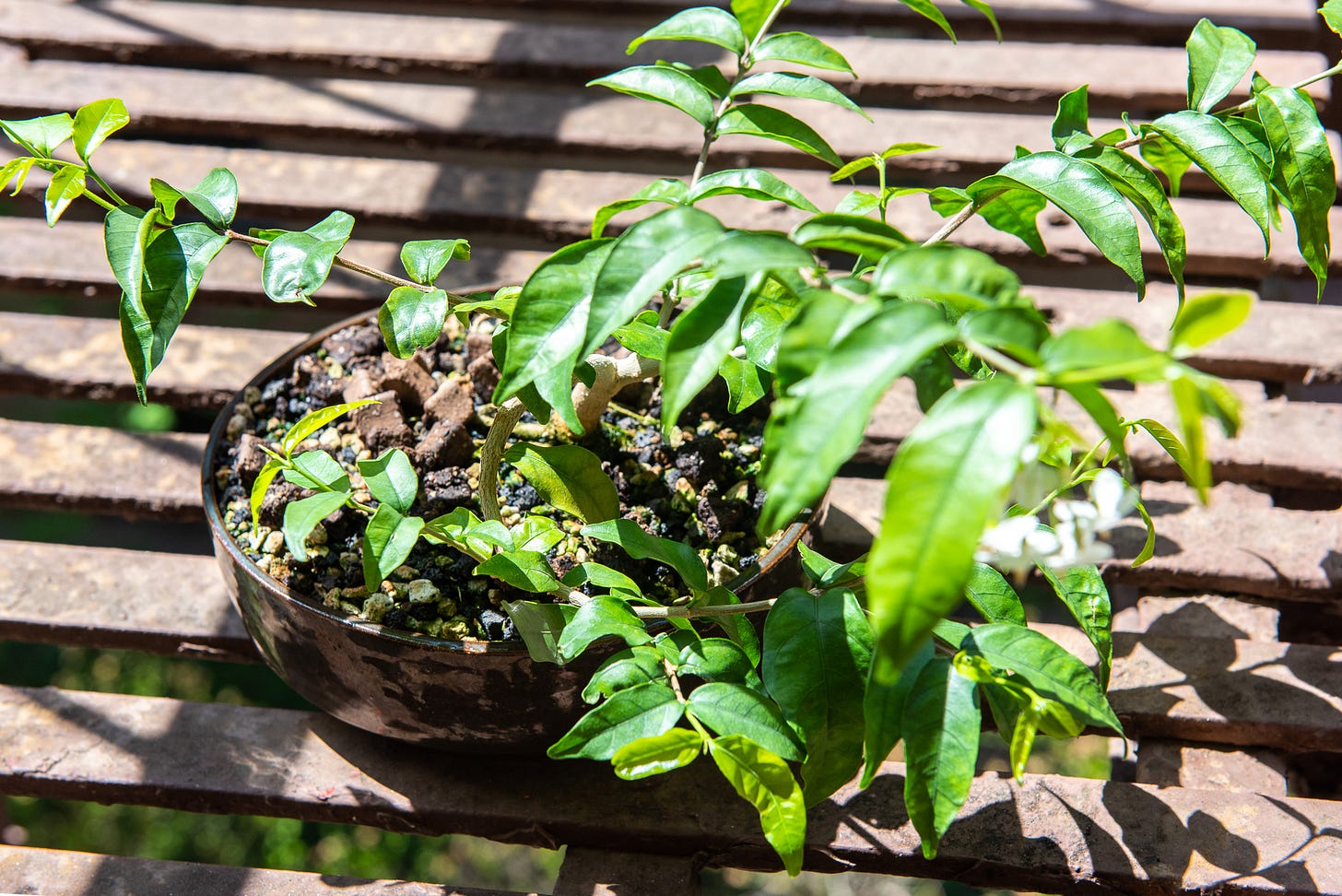
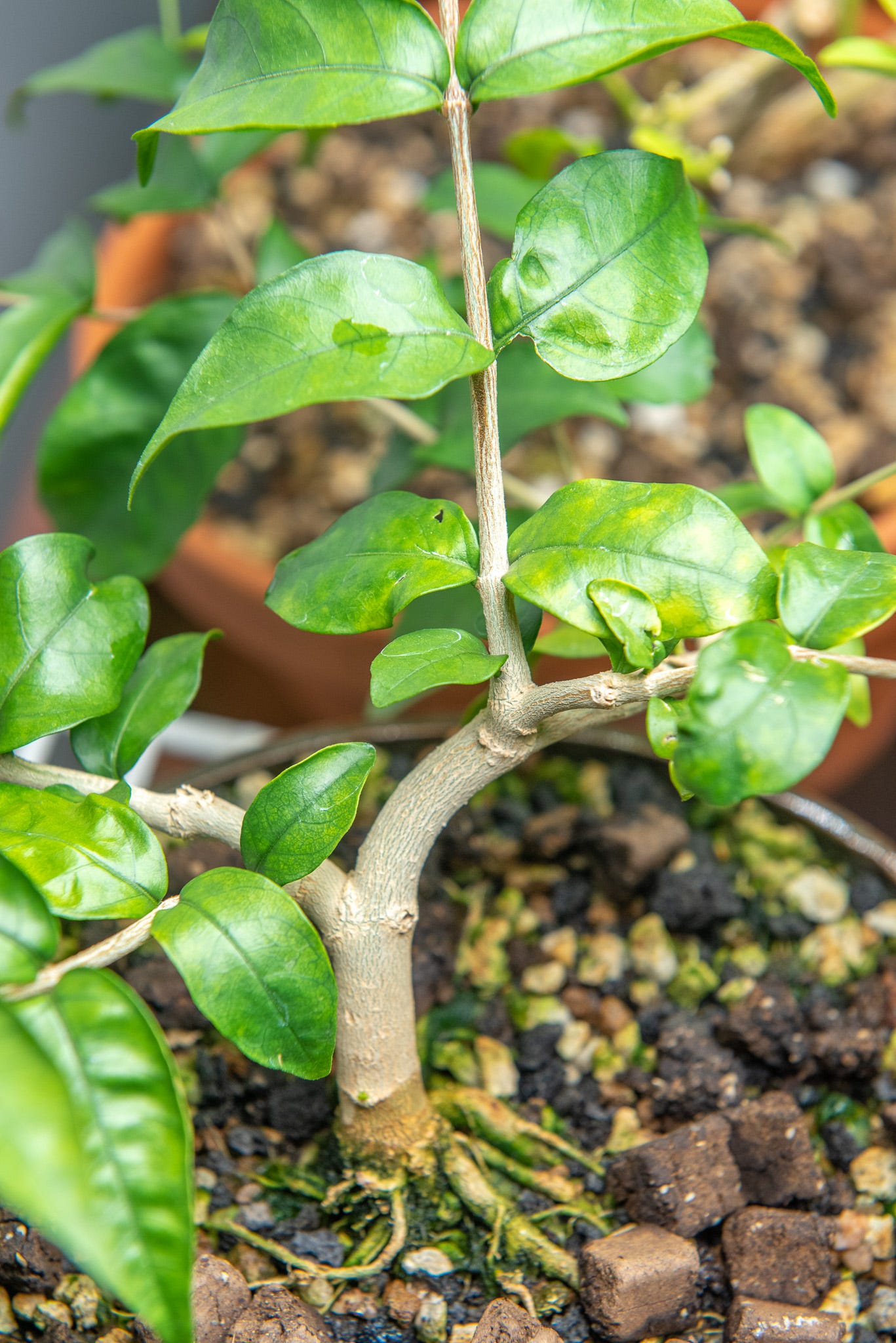
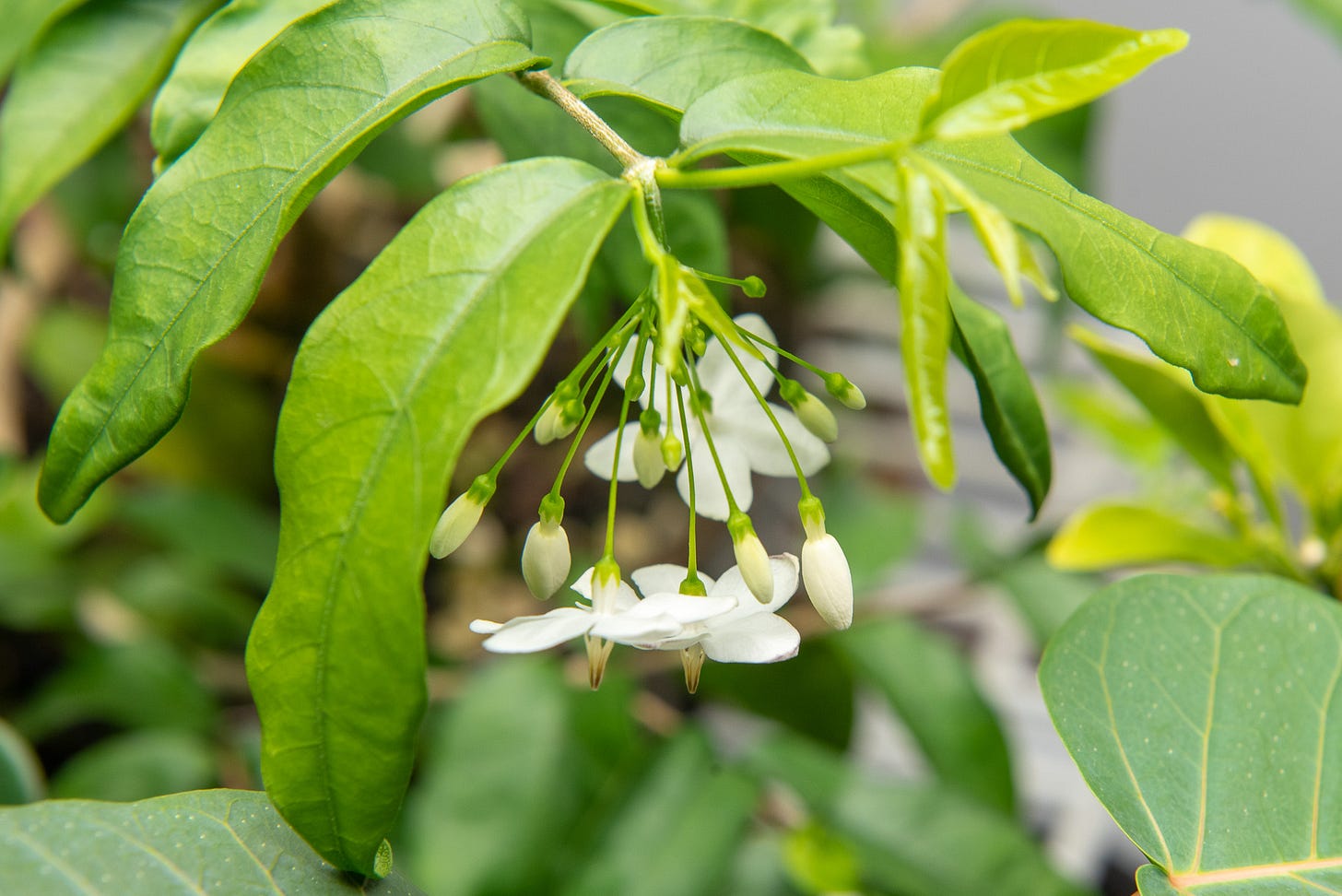
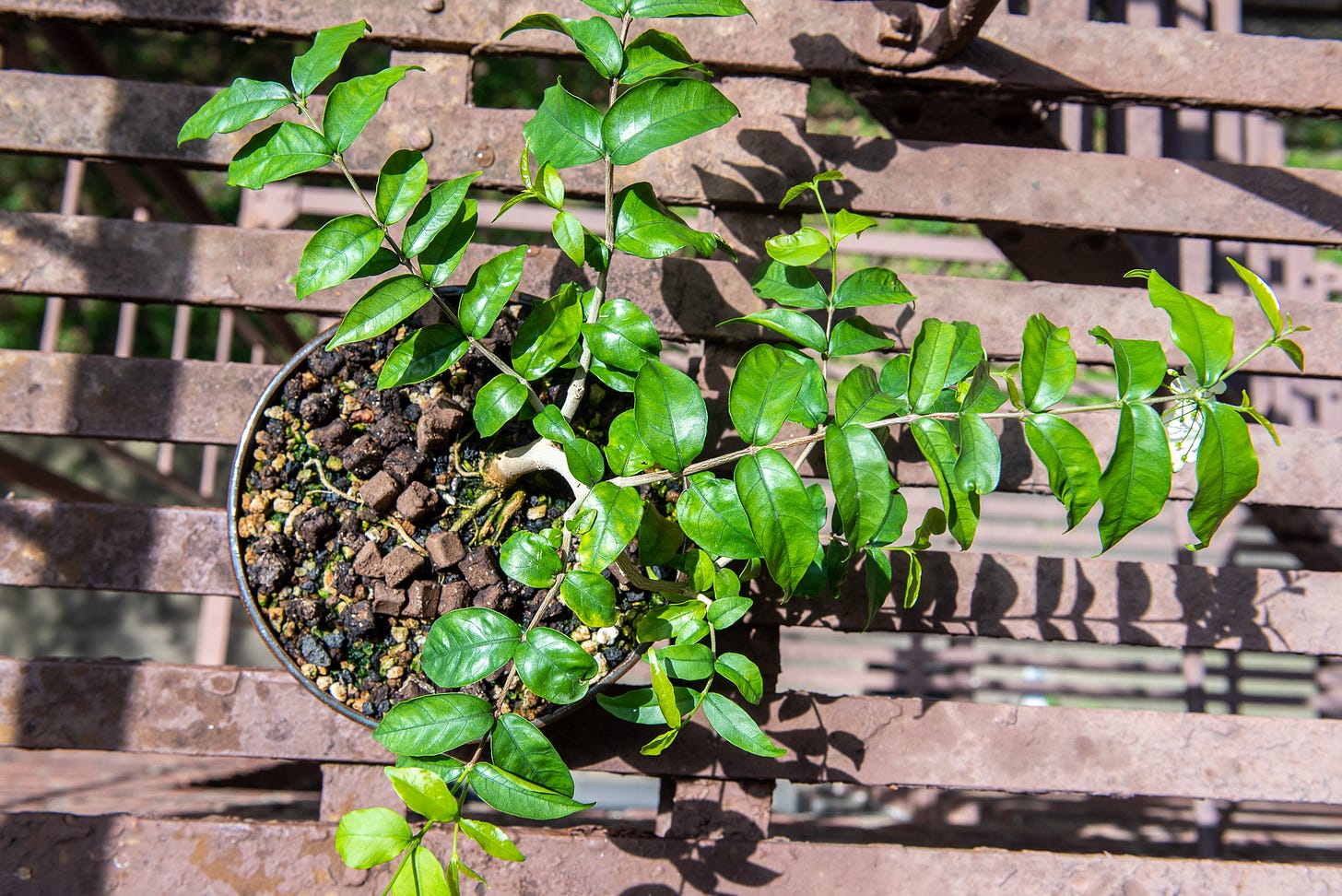
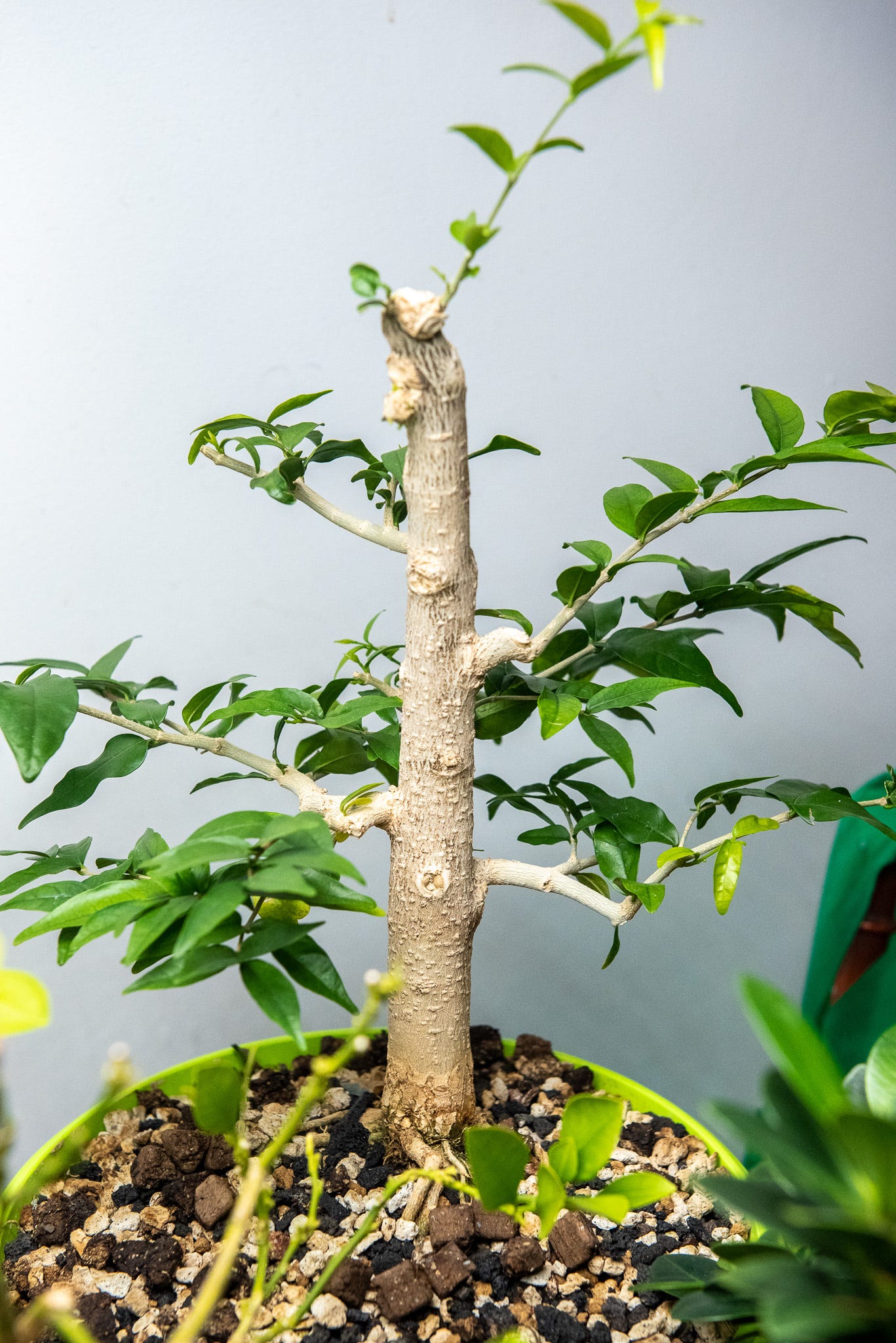

I’m planning to dig up one or two Quaking Aspen root suckers from some family property in the next 1-2 weeks. I’ve not had any luck with any other propagation attempts, so I’m hopeful the Aspen project will go better.